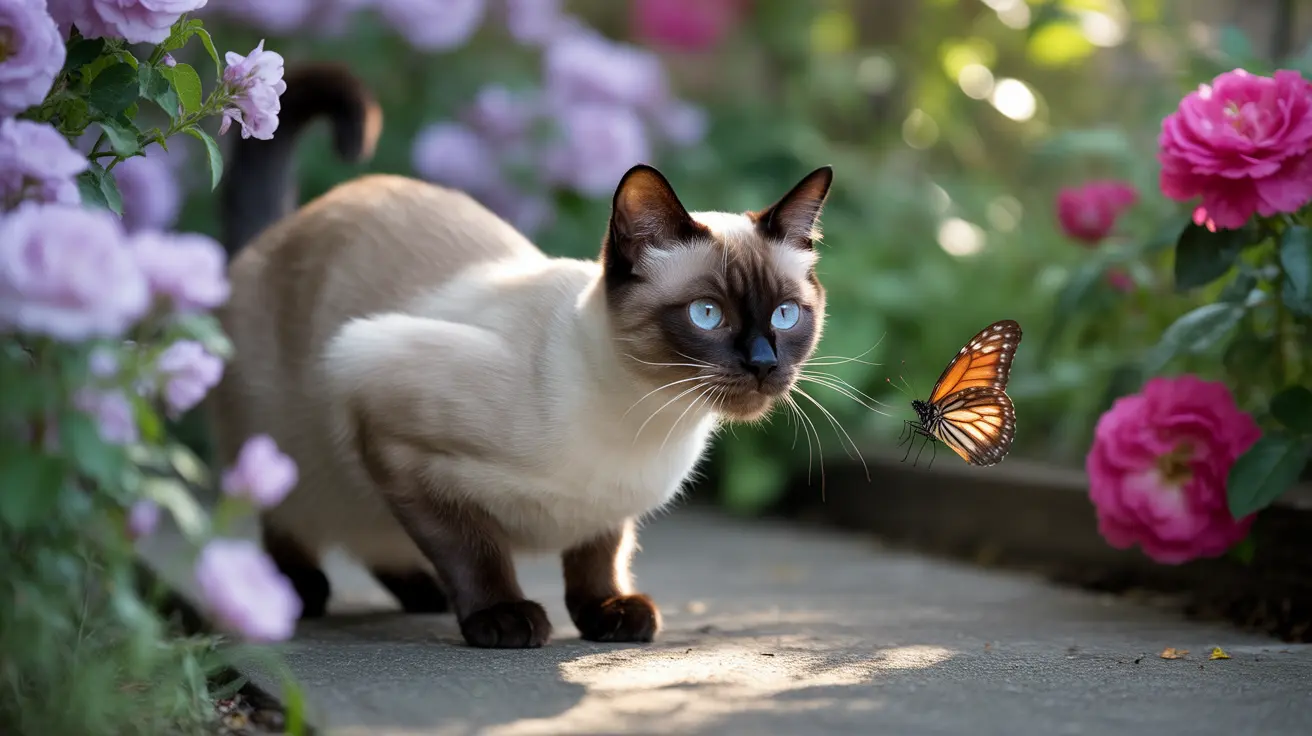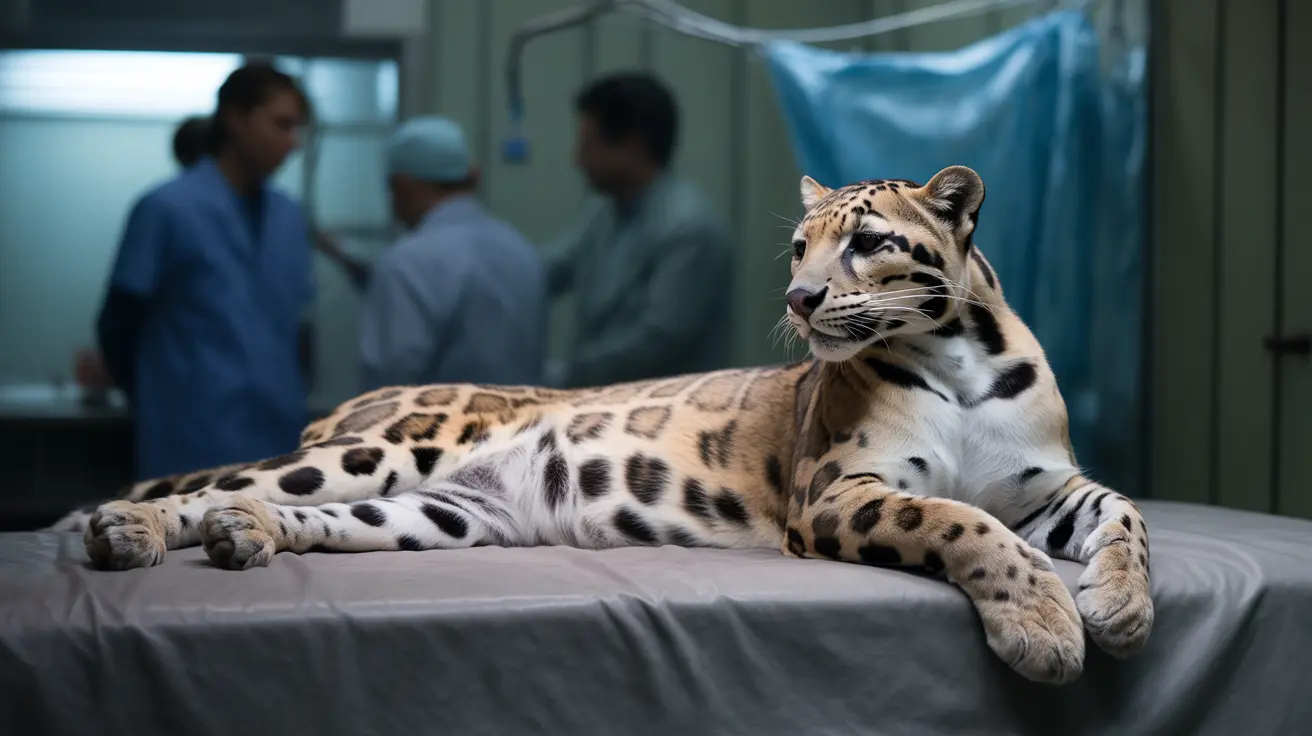If you've noticed unusual swelling around your cat's neck or under their tongue, it could be a sign of swollen salivary glands. While relatively rare in cats, this condition requires attention as it can impact your pet's ability to eat, drink, and even breathe comfortably.
In this comprehensive guide, we'll explore everything cat owners need to know about salivary gland issues, from identifying early warning signs to understanding treatment options and prevention strategies.
What Are Salivary Glands and Why Do They Swell?
Cats have multiple pairs of salivary glands located throughout their head and neck region. These glands produce saliva essential for digestion and oral health. When these glands become swollen, it's often due to injury, blockage, or infection.
The most common cause of swelling is a condition called salivary mucocele, where saliva leaks from damaged glands or ducts and collects in surrounding tissues.
Common Signs of Salivary Gland Problems
Watch for these key indicators that your cat may have swollen salivary glands:
- Soft swelling under the jaw or neck
- Excessive drooling
- Difficulty eating or swallowing
- Wet fur around the mouth area
- Decreased appetite or dropping food
- Changes in behavior while eating
Diagnosing Salivary Gland Issues
Veterinarians typically diagnose salivary gland problems through:
- Physical examination
- Fine needle aspiration
- Imaging tests (ultrasound or CT scan)
- Blood work to check for underlying conditions
Treatment Options and Recovery
The most effective treatment for swollen salivary glands in cats is usually surgical removal of the affected gland. While this might sound concerning, cats can function normally with their remaining salivary glands.
Other treatment approaches may include:
- Drainage of fluid accumulation
- Antibiotics for secondary infections
- Anti-inflammatory medications
- Regular monitoring and follow-up care
Prevention and Long-term Care
While not all salivary gland issues can be prevented, you can reduce risks by:
- Preventing access to sharp objects
- Monitoring play with other pets
- Regular veterinary check-ups
- Maintaining good oral hygiene
Frequently Asked Questions
What are the common causes of swollen salivary glands in cats?
The most common causes include trauma (such as bite wounds or injuries), blockages from stones, infections, and occasionally tumors. Trauma is the leading cause, often resulting from accidents or aggressive play.
How can I tell if my cat's salivary gland swelling is serious or needs veterinary care?
Any swelling in your cat's neck or facial area should be evaluated by a veterinarian. Seek immediate care if your cat shows difficulty breathing, stops eating, or appears to be in pain.
What treatment options are available for a cat with swollen salivary glands or salivary mucoceles?
Treatment options include surgical removal of the affected gland, drainage procedures, antibiotics for infections, and anti-inflammatory medications. Surgery is typically the most effective long-term solution.
Can swollen salivary glands in cats affect their ability to eat or breathe?
Yes, depending on the location and severity of the swelling, it can interfere with eating, swallowing, and breathing. Severe cases, especially those involving pharyngeal mucoceles, can become life-threatening if left untreated.
How likely is it for a swollen salivary gland in a cat to come back after surgery?
When treated with complete surgical removal of the affected gland, the recurrence rate is very low. Most cats make a full recovery without experiencing future problems with their salivary glands.
Conclusion
While swollen salivary glands in cats can be concerning, understanding the condition and seeking prompt veterinary care leads to excellent outcomes in most cases. With proper diagnosis and treatment, most cats return to their normal, healthy lives without long-term complications.






